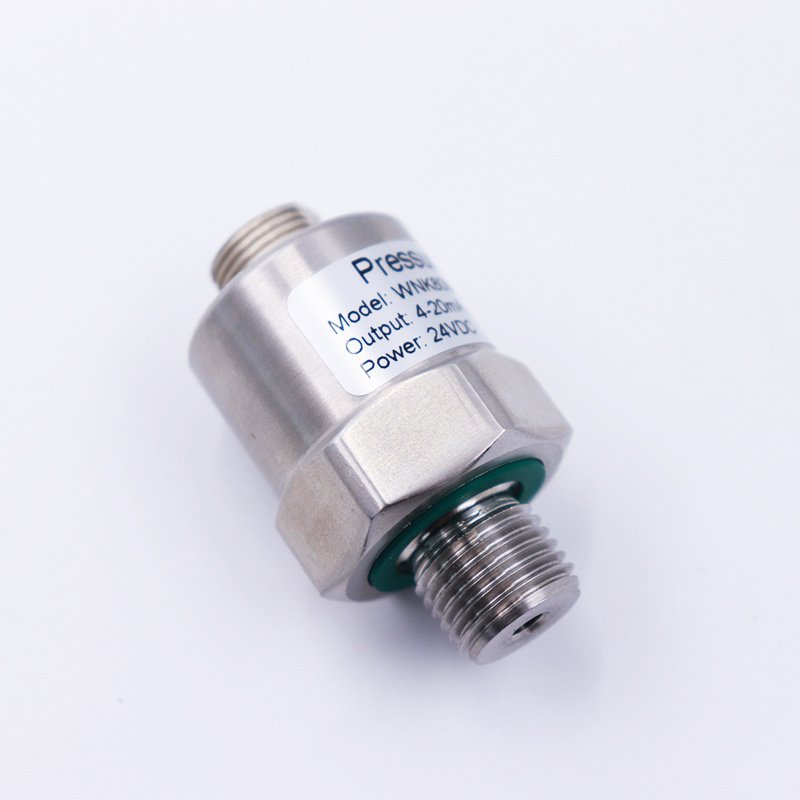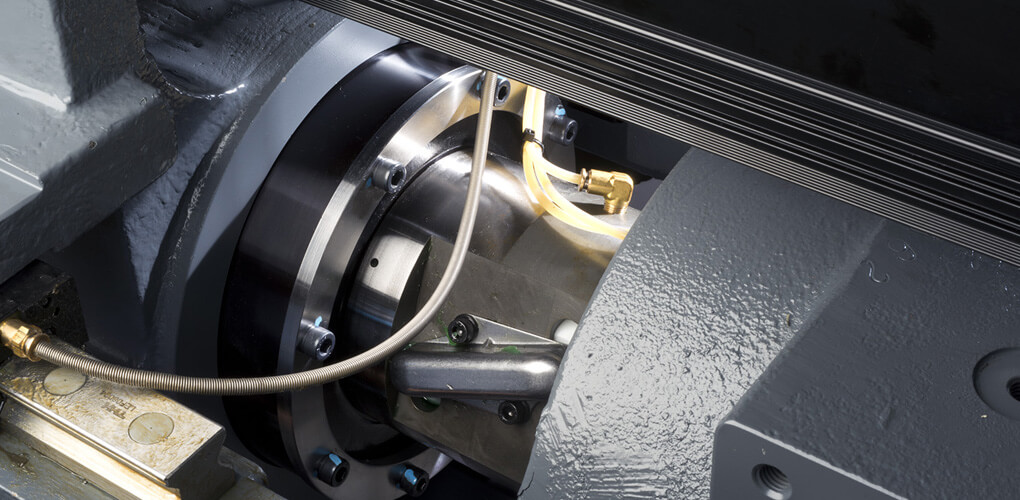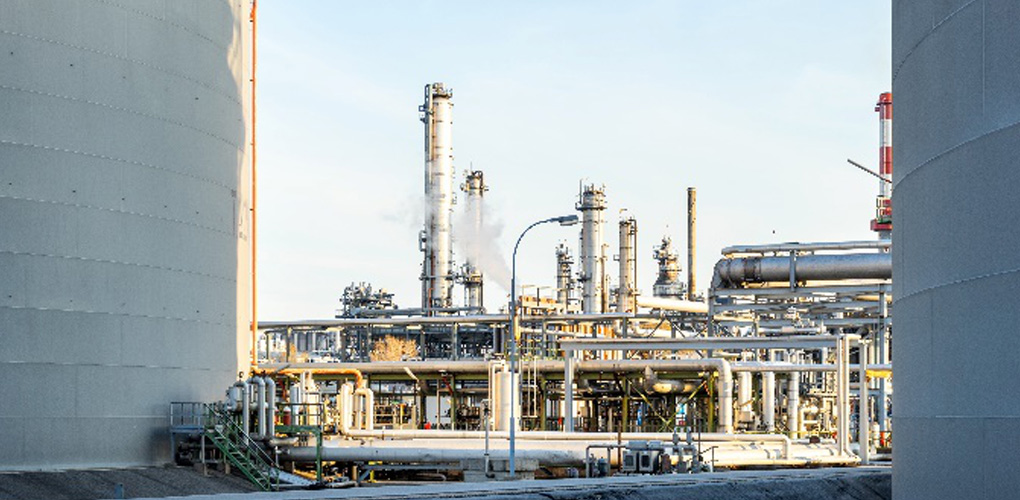ABCs of Pressure Sensor for refrigerator
The Use of Pressure Sensors for Refrigerator
The usage of a pressure sensor for refrigerator is nothing new to the world of technology. There are various varieties of refrigerators. You can see some examples in the form of refrigeration systems in grocery stores, chillers dedicated to rooftops, restaurant use freezers, refrigeration rail cars, and the time old refrigerators at our homes. Although they may vary in size, shape, and functionality, they run on the same basic principle and that includes the use of a pressure sensor for refrigerator.
You May Also Read: Pressure Transmitter for Oil Help Make Extracting Oil and Gas Cleaner and Greener
The use of a pressure sensor for refrigerator is very essential because they play a vital role in controlling the cycle of the refrigeration. They are a vital part of many mechanical devices and make working possible. This is important for any device to work fluently without a hitch. It ensures system efficiency.

Four Steps of a Refrigeration Cycle
The basic steps in a refrigeration cycle involve four steps. The refrigerant that is low in pressure makes its way into the compressor. This is where the volume of the vapors compresses and raise in temperature. This refrigerant that is now high in temperature that was compressed enters the condenser. Here, the heating intensity reduces.
It happens either with the assistance of cool air or with circulating cold water around the refrigerant tubes. This converts the refrigerant into a liquefied form with elevated temperature.
The liquid then passes through a regulator where it expands and the pressure significantly reduces. Then it starts to vaporize as the refrigerant reaches a boiling point. This causes the vaporized temperatures to reduce to the lower side.
These low-temperature vapors evaporate and suck in heat from the atmospheric air. This air enters due to the evaporating coils. Thus, the chilled air upholds the temperature in the refrigerator.
The Use of Refrigeration in Buildings
In case, the refrigeration needs to cool huge-sized buildings, the use of water to cool down the refrigerant is much more practical than the air. The radiators cool down when water passes near them. This is what the chilling system of any building entails. The chilling water pipe that measures around two inches can perform as much cooling as a forty-two-inch pipe can. Similarly
Likewise, this includes areas like grocery stores that make use of perpendicular boxes that work inside the freezers. Here there are fans that keep on blowing the air at freezing point.
The rest of the elements located on the external side of the freezer construction. They can either be in the technical rooms or sometimes even on rooftops. Usually, the setup makes use of the roofs due to their size and heat emission.
Use of Pressure Sensors according to Requirements
The use of pressure sensors totally depends on the size of the structure and kind of the system. When the burden for cooling increases, the compressor size also increases keeping in mind the cooling needs. This also increases energy consumption.
Similarly, the air conditioners, we use at home are dependent on temperature sensors. These sensors regulate the timings at which the compressor should start working thus maintaining the cooling process. It keeps on running until the thermostat does otherwise. The thermostat decides this on the basis of the speed at which the cooling fan is blowing.
A special kind of switch determines the pressure that is taking place in the system at a given time. When the pressure is not sufficient, it may mean that there might be a leakage in the refrigerant. If he happens then the system might get over-heated. The excess heat may damage the compressor and can cause irreparable damage if not caught within time.
After the accumulation by the usage of compressors, fans, and thawing processes going on around the buildings can cause a rise in the use of energy consumption. When the systems are complicated and of a larger scale, specialized units help in performing optimized and energy-efficient costing. The load often varies at different times of the day and even on different days.
The Location of Pressure Sensors in Refrigeration Systems
As is seen in many cases, you can find pressure sensors installation at two major locations of a refrigeration system. The first place most likely to be is the pressure side that is horizontal of the compressor where the evaporator situates.
On the other hand, you can locate the pressure sensor on the expulsion side of the compressor. In many cases, you can notice that pressure sensors are located in both these locations.
This all depends on the size. In small-sized refrigeration systems, you can locate sensors in either of the above-mentioned places. But in large-sized systems, there are extra numbers of pressure sensors that take care of distributing the chilling water in all the right places.
Out of the important places, the one where the compressor pressure side is the most important. Here are the important junctures that house the fans that take part in the cooling system. They control the temperature and expansion of the regulator during the whole process.
In larger systems, there is an intense network of compressors and evaporators. For the freezers, the temperature must be at a freezing point, and in areas where milk, yogurt, and other such dairy products stay need to stay at a low temperature that does not reach a freezing point.
This is why there are numerous corresponding systems that work simultaneously in areas that need cooling expertise in refrigerators on a larger scale. The pressure sensors need to detect stable pressure at all times at equal intervals for them to work properly. Additionally, compressors play a major part in helping the pressure sensors.
Moreover, the use of evaporators levers the availability of the right temperatures of diverse foods. When the load on the cooling systems increases, more compressors come into action to handle the diverse burden. Essentially, pressure sensors are the backbone of this whole pressure process by this means super-heating and super-cooling of the refrigerant.
The Build-up of a Pressure Sensor in Refrigerators
Most advanced pressure sensors initiated in the refrigeration system make use of ceramic-coated thin-film equipment. The ceramic part helps in the part where the detection of pressure needs to take place. Two pieces of gold-plated plates construct the exterior of the capacitors.
The two capacitors are sensing capacitors and reference capacitors. There is also a presence of rubber sealing that houses inside the ceramic coating. This all has to gel perfectly to corroborate and achieve the ultimate goal. Moreover, this amalgamation cannot take place without a proper welded construction, or else they may dismantle if not joined properly.
The conjoined steel construction comes in contact with the refrigerant. Thus, the set of resistors preinstalled depends majorly on the materials used to construct the complete housing.
There can be a variety of materials used because the suppliers may vary and their choices can differ. When the voltage response is sensitive to higher values then the pressure can easily be standardized thus giving a more precise output.
You May Also Read: Use of Seawater Pressure Transmitter for Deep Sea Applications
Conclusion
When deciding on the right kind of refrigeration system for your desired location there are some points to attend to. But all this decision revolves around the right pressure sensor for a refrigerator.
The major purpose of a refrigerator is to perform its cooling function without overheating the compressor, evaporator, and regulator. Here is where the pressure sensors must work efficiently. They need to control the pressure involved in such a way that it does not overload the working of the cooling refrigerant system.
For More Information, Contact Us Today!













